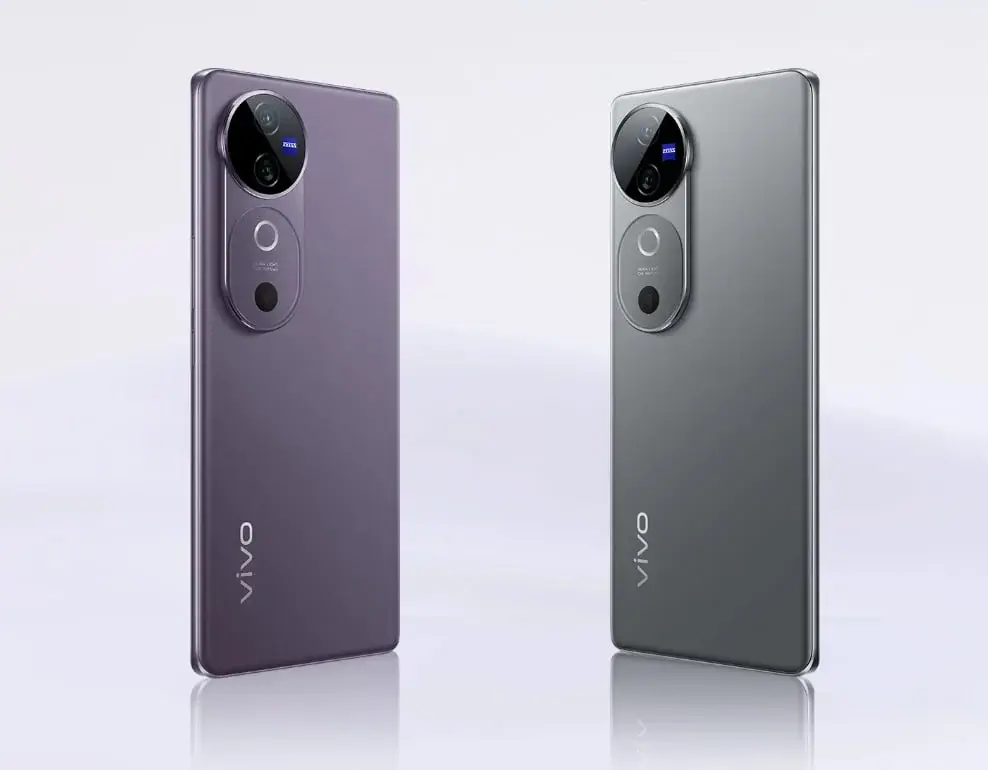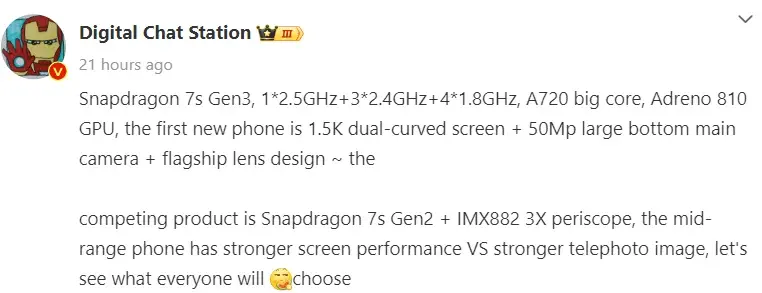The itel Color Pro 5G, which was teased in India earlier this month, has now been officially launched. This budget-friendly smartphone boasts a unique design and several exciting features. While some of its specifications were leaked before the launch, we now have all the confirmed details.
itel Color Pro 5G Specifications
One of the standout features of the itel Color Pro 5G is the new IVCO (itel Vivid Color) technology, which allows the back panel to change color when exposed to sunlight. The device is equipped with a 50-megapixel AI dual camera on the rear. It also has a 6.6-inch HD+ display with a 90Hz refresh rate on the front, and an 8-megapixel camera for selfies and video calls. The smartphone is powered by a large 5,000mAh battery, which supports 18W wired fast charging.
itel Color Pro 5G
Inside, the itel Color Pro 5G runs on the MediaTek Dimensity 6080 SoC, coupled with 6GB of RAM and 128GB of internal storage. There is also support for Virtual RAM, allowing you to expand the memory by an additional 6GB, and a microSD card slot for increased storage. The chipset includes NRCA (5G++), promising robust 5G connectivity for faster browsing. Other notable features are a side-mounted fingerprint scanner, face unlock, FM Radio, and Android 13 OS out of the box.
Pricing and Availability
The itel Color Pro 5G is priced at 9,999 INR (approximately 120 US Dollars). It comes in two color options: Lavendary Fantasy and River Blue. The smartphone is available for purchase on Amazon India. Additionally, buyers can take advantage of a special launch offer, which includes a free duffle trolley bag worth 3,000 INR and a one-time screen replacement worth 2,000 INR.



















